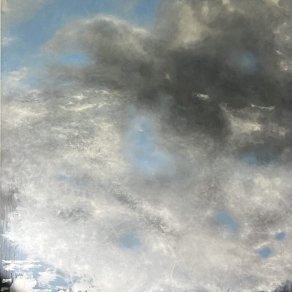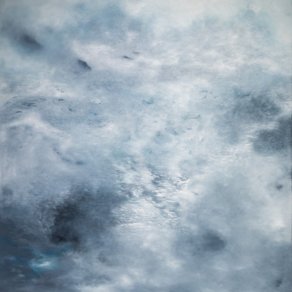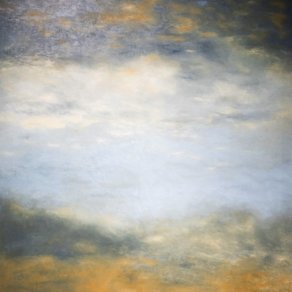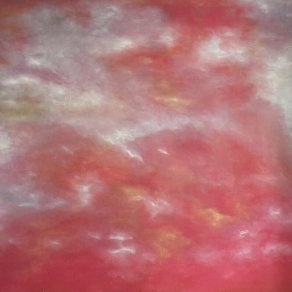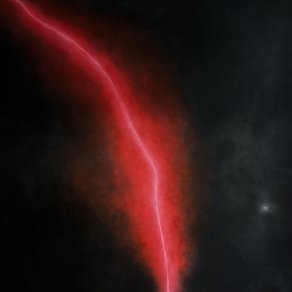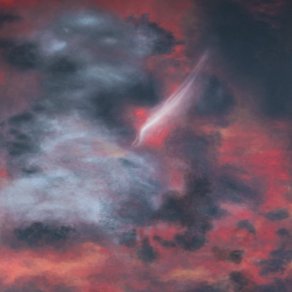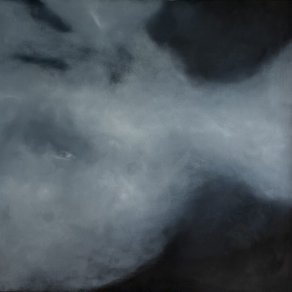Jiří Bartoš - Missing 17. 9. - 23. 10. 2025
MgA. Jiří Bartoš is a graduate of the school of arts UMPRUM in Prague. He works on the border of traditional painting with an overlap into intermedia artistic practice. In his work, he employs a specific visual language through which he depicts his personal experiences and life situations, whose central pillar is human relationships. The fundamental concepts of his work evoke feelings of separation, loss, and, at the same time, a sense of relief and a new beginning. This language allows Bartoš to translate his life situations in such a way that they can only be understood through personal interpretation and the emotional input of the author.
“From the very beginning of my artistic career, I focused primarily on paintings of flowers and animals. For me, natural motives were a natural language—I grew up in a small village in Moravia, where fauna and flora were an inseparable part of everyday life. In my paintings, I often connected this experience with themes of ecology, the fragility of natural cycles, and the relationship between humans and the environment that shapes them. It was a way to express respect for what surrounded me in childhood—for what had taken root in me. Over time, however, my work began to transform.
Moving to Prague, living in the city, and at the same time a certain distance from nature, which had once been a natural backdrop for me, led me into a deeper inner process. I began to focus more on my own childhood, memories, on how the past shapes us—and how we relate to it in the present. After moving into the city, I missed not only physical contact with nature itself but also that subtle rhythm of life tied to the landscape. The feeling that everything has its time, that things happen in cycles, not linearly. Through this way of thinking, my attention gradually shifted from concrete forms—such as flowers or animals—to immaterial motives.One of them became the sky and clouds. I am fascinated by how intangible they are, always changing, and yet so present before our eyes as something we can precisely name.
Just like memories—they constantly shift, blur, rearrange into new shapes, never completely accurate, and yet deeply rooted within us. Clouds became, for me, a metaphor for human memory. They are like a pulsating system—restless, beautiful, melancholic, always in motion. This transformation in my work was not sudden but rather slow and natural. Much like when you watch the horizon for a long time—at first you notice the details below you, the plants and the life in the grass, but gradually your eyes drift upwards and you begin to perceive a broader context. The sky suddenly becomes a space where everything meets—light, time, memories, silence, and movement. And I realized that this is exactly what I now want and need to paint.”
